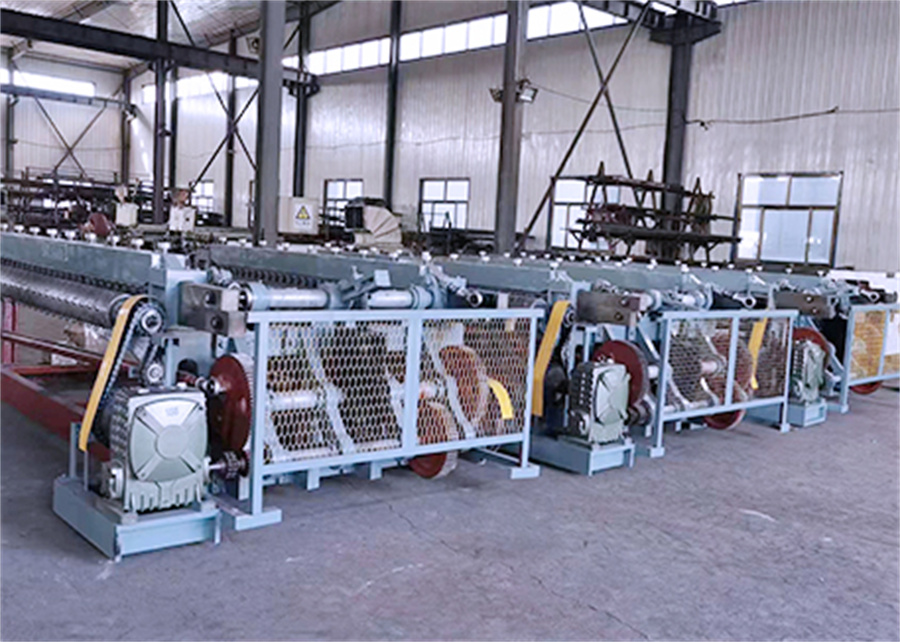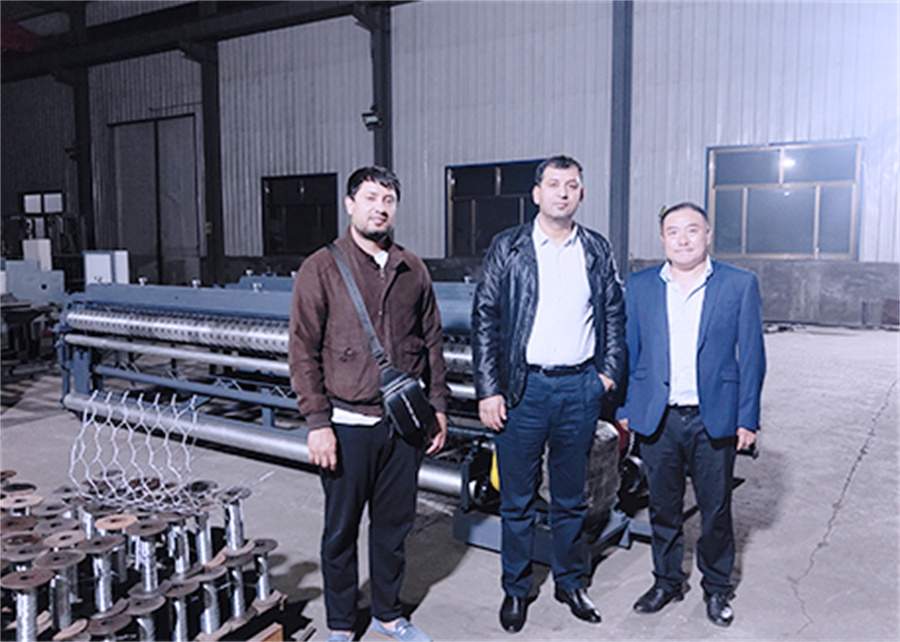The role of gabion mesh in hydraulic engineering
In water conservancy projects, gabion nets play a vital role in ensuring the stability and sustainability of various structures. These wire mesh containers filled with stones or rocks are commonly used in construction projects to prevent erosion, manage water flow, and protect soil from being washed away.
Gabion nets, also known as gabion baskets, have been used for centuries and are known for their durability and effectiveness in water management. These versatile structures are often used in river and stream bank protection, slope stabilization, and retaining wall construction. The interlocking design of gabion nets allows for flexibility and resistance to water pressure, making them an ideal solution for water conservancy projects.
One of the key roles of gabion nets in water conservancy projects is erosion control. When placed along riverbanks or shorelines, gabion nets can effectively prevent soil erosion by absorbing the impact of water flow and reducing the energy of waves. This helps to maintain the stability of the surrounding ecosystem and protect valuable land from being lost to erosion.
In addition to erosion control, gabion nets also play a crucial role in managing water flow. By incorporating gabion structures into water conservancy projects, engineers can effectively regulate the flow of water, prevent flooding, and minimize the risk of erosion. This is particularly important in areas prone to heavy rainfall or flash floods, where the proper management of water flow is essential for the safety and integrity of surrounding infrastructure.
Gabion nets are also widely utilized in the construction of retaining walls, which are essential for the preservation of land and the prevention of soil degradation. These structures help to stabilize slopes and prevent soil movement, thereby reducing the risk of landslides and other natural disasters. Their flexibility and permeability make gabion retaining walls a popular choice for water conservancy projects, as they allow for the natural drainage of water while providing structural support.
Furthermore, gabion nets are environmentally friendly and sustainable, making them an attractive option for water conservancy projects. The use of natural stone or rock fill materials reduces the environmental impact of construction, and the longevity of gabion structures minimizes the need for frequent maintenance and repairs. This results in a cost-effective and eco-friendly solution for managing water resources and protecting the environment.
Overall, the role of gabion nets in water conservancy projects is multifaceted and essential for the sustainable management of water resources. From erosion control to water flow management and retaining wall construction, gabion nets offer a versatile and effective solution for a wide range of water-related challenges. As the demand for water conservation and environmental protection continues to grow, the use of gabion nets is likely to become even more prevalent in future water conservancy projects.




